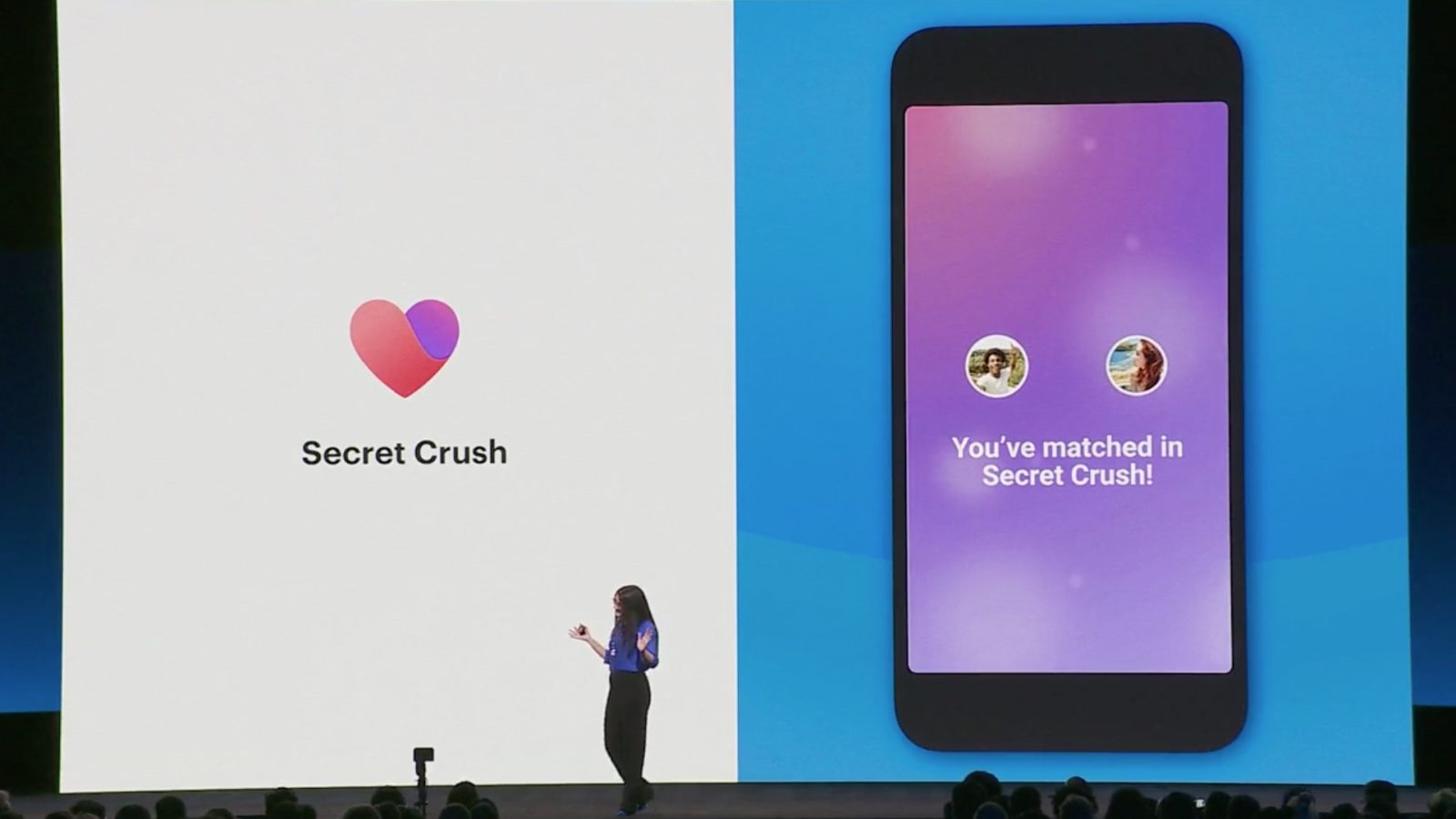The flicks we watch, TV programs we binge and books we read usually stick to the exact exact same type of idea with regards to love: It’s a match that is one-to-one. Certain, often you will find dramatic triangles, however these are often settled with a range of one suitor. However in actual life, real individuals often do end up in triangles without having the Anna Karenina drama. It is referred to as a triad relationship. Don’t worry, we’ll explain, with the aid of marriage and household therapist Rachel D. Miller, associated with Focht Family Practice in Chicago.
What is a triad relationship precisely?

If an average relationship is known as a dyad (two different people), then the triad is just a polyamorous relationship composed of three people. Think about it as being a subset of polyamory. Not all triads are exactly the same. Miller informs us that triads may take forms that are various “All three users associated with the triad may be in relationship with one another, or one user could be the pivot in a V relationship.” A V relationship (such as the form) means anyone (the pivot) is with in a relationship with two different people, and the ones two different people, although consenting, are not in a relationship with one another.
OK, so just why would individuals form this relationship?
That’s similar to asking any couple why they’re together — there are array reasons behind consensual non-monogamy: love, lust, convenience, security, etc. “Truthfully,” Miller explains, “the reason individuals form them is oftentimes unique to your individuals included, but just what they have in keeping is an openness up to a nontraditional method to love and stay in a relationship.” Listed here are some of the good reasons for a triad relationship she’s heard over time:
